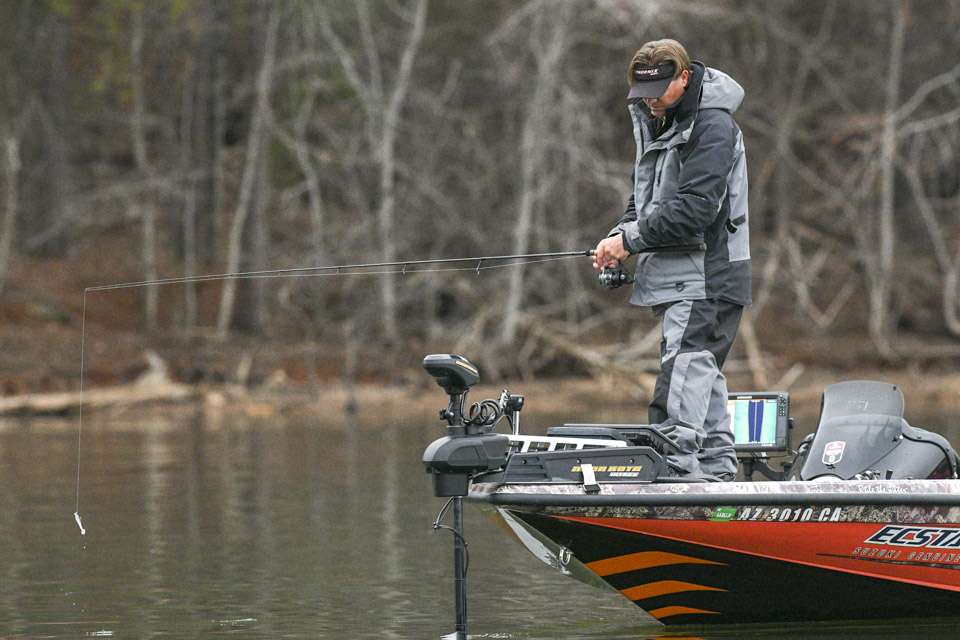
I’ve fished the Bassmaster Classic waters several times before, but we’re going to encounter some different conditions, because this part of the country has experienced a lot of extra rain and flooding. It will look a little differently than the previous times I’ve been there, but I think that paying attention to some of the key considerations can help an angler do well in the Classic.
As far as depth, my fishing style has evolved from what used to be a shallow water preference to what is now more of an offshore preference. But I’m happy to fish either way and, in fact, the conditions we’ll be facing at the Classic might simplify things and take some things out of the boat that you don’t have to worry about.
Similarly, we’re going to see a lot of current from all the water moving through the system, and that might make some of the normally productive areas unfishable. When there’s a ton of chocolate water pouring over it, that can hurt some of that stuff, so it might be about finding something protected.
I’m taking into consideration the fact that a lot can happen between our first practice days, Friday through Sunday, and the tournament. With different levels of runoff and water movement, different clarities and different water temperatures, the fish are already prone to make major moves with weather changes, so a lot could change. What this means to an angler is that what you found in practice may not necessarily be what’s going on during the tournament.
With one more day of practice on Wednesday, I’ll try to see as much of the Classic waters as I can, but with two lakes — Fort Loudoun and Tellico — there’s no way you can see it all. My plan will be to look at the things that I think might be a factor for some of the things I’d like to be doing.
One of the biggest considerations an angler will have to make is what species of fish he wants to target. The Classic waters hold largemouth and smallmouth bass, and you can find big ones of each species.
However, there’s a high minimum size limit of 18 inches for smallmouth, so that’s something that could be tricky and could hurt. If you catch some 3 1/2-pounders that you don’t get to keep, that can be frustrating. But if you can really get on them, they can be big.
Catching big smallmouth would certainly be a fun route to go, but on the other hand, there are plenty of nice largemouth. I think most local tournaments are won on largemouth, and I think that could be the case on this one too.
Ultimately, what a guy focuses on may depend on what water conditions come into play and what areas become fishable. The local guys may be more in-tune and know what to expect, but I’ll try to keep my options open until I can dial something in.





